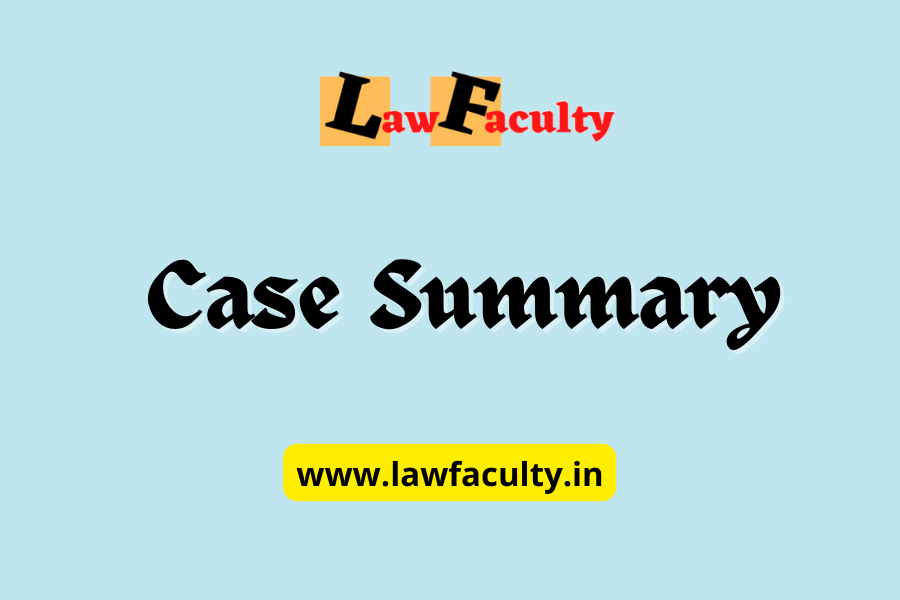McCreary County v. American Civil Liberties Union, 545 U.S. 844; 125 S. Ct. 2722; 162 L. Ed. 2d 729 (2005)
Facts—Two Kentucky counties (McCreary and Pulaski) exhibited the Ten Commandments in their courthouses. After challenges, they subsequently twice posted two new displays in which the Ten Commandments were displayed along with other documents. The U.S. Sixth Circuit Court affirmed a district court judgment that the displays violated the establishment clause.
Question—Do these counties’ displays of the Ten Commandments in court houses constitute an improper establishment of religion?
Decision—Yes.
Reasons—J. Souter (5–4). The county’s “manifest objective may be dispositive of the constitutional enquiry.” Lemon v. Kurtzman (1972) established a three-pronged test for establishment clause cases that mandates “government neutrality between religion and religion, and between religion and nonreligion.” Given the prior two displays, the first of which featured only the Ten Commandments, the county’s religious purpose, as in Wallace v. Jaffree, may be ascertained “without any judicial psychoanalysis of a drafter’s heart of hearts.” A cited secular purpose “has to be genuine, not a sham, and not merely secondary to a religious objective.” Stone v. Graham had forbidden similar displays in school classrooms. “The importance of neutrality as an interpretive guide is no less true now than it was when the Court broached the principle in Everson v. Board of Education (1947).” The dissenters’ argument from original intent is highly selective and does not cover the Founders’ full views.
J. O’Connor, concurring. “[T]he Religion Clauses were designed to safeguard . . . freedom of conscience and belief.” The history of these displays clearly shows a religious purpose.
J. Scalia, dissenting. European statesmen envy the ability of American leaders to invoke the Divine. This recognition goes back to the beginning of the American republic and is quite different than that of the secular republics in Western Europe. There is nothing preventing government from favoring religion over irreligion, which the government has consistently done from the beginning. The Court is inconsistent in its application of the establishment clause, largely because it realizes that it must do so if it is to maintain credibility with the American people. No expression of religion in the public square can be completely impartial. J. Stevens’s criticisms (in the companion case) are unwarranted. Rather than looking to judicial interpretations of the Framers’ aspirations, the Court should defer to “the democratically adopted dispositions of current society.” The majority’s current secular purpose test goes beyond that in Lemon both by inferring purpose from prior legislation and by requiring that such a purpose “predominate” over any others. This has converted “what has in the past been a fairly limited inquiry into a rigorous review of the full record.” Persons who viewed these displays viewed them on their own and not in the context of prior ones. They are no more offensive than was legislative prayer that the Court approved in Marsh v. Chambers (1983) or holiday displays that were approved in other contexts. Acknowledging the role of religion in U.S. society has a long lineage, and there is no indication that this display advanced one religion over another.


